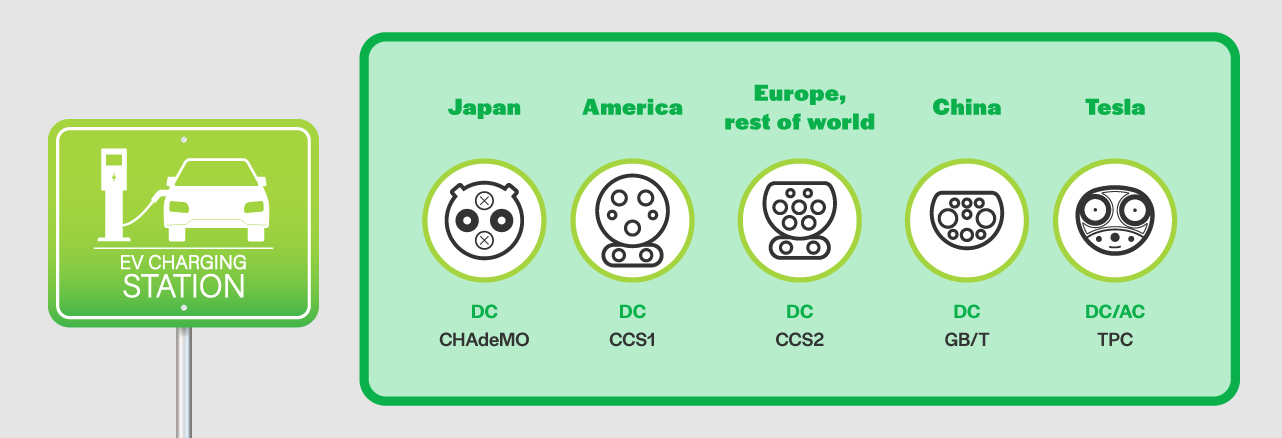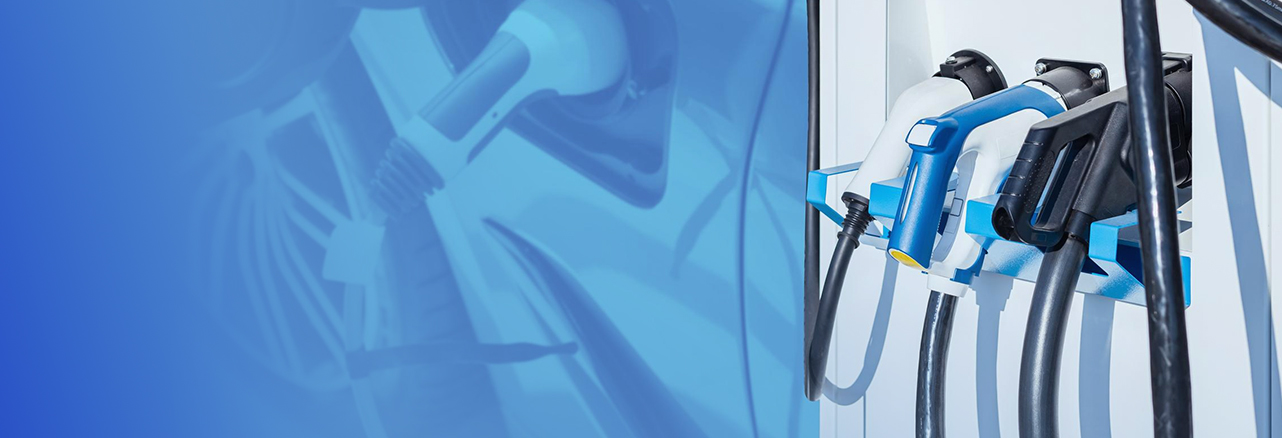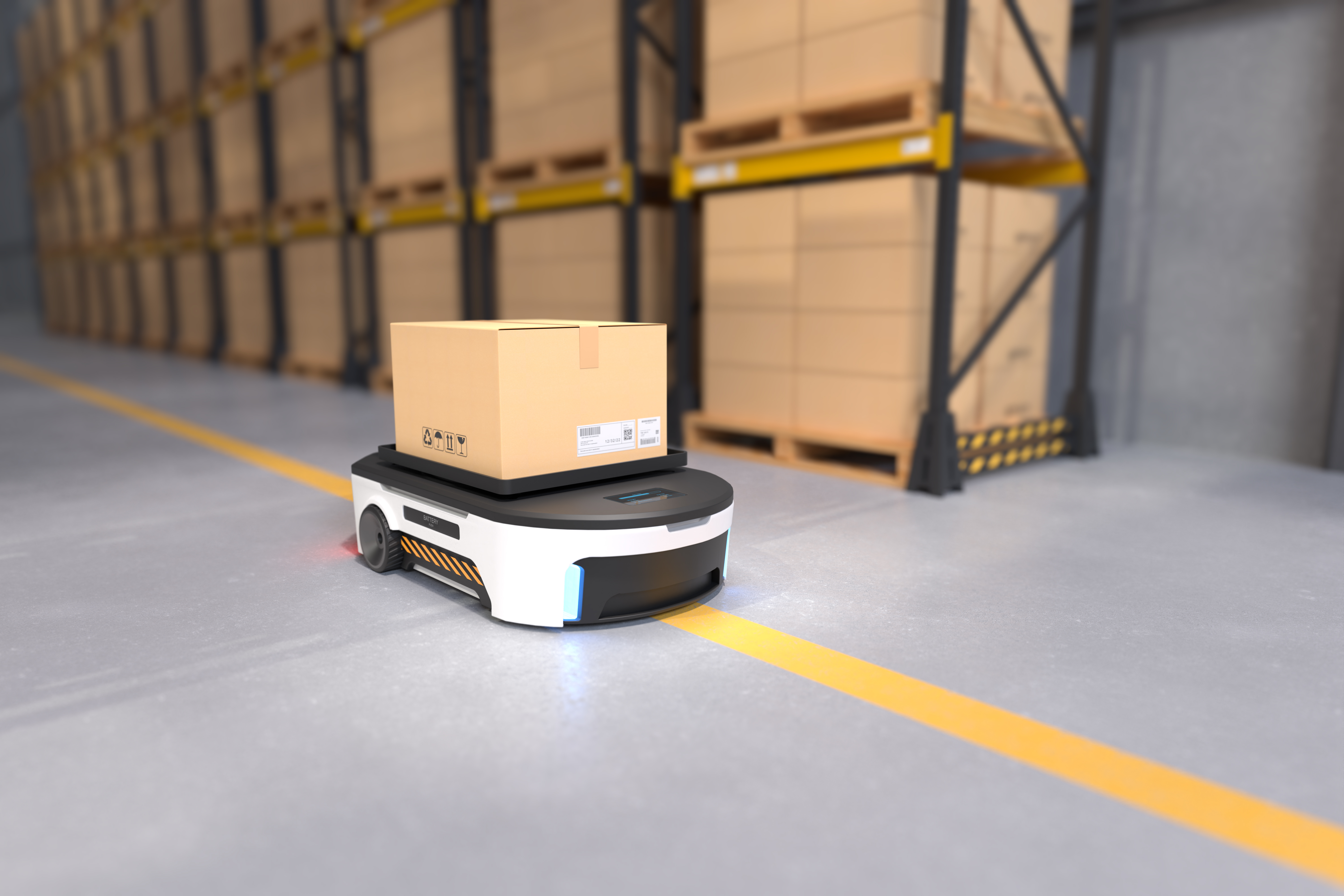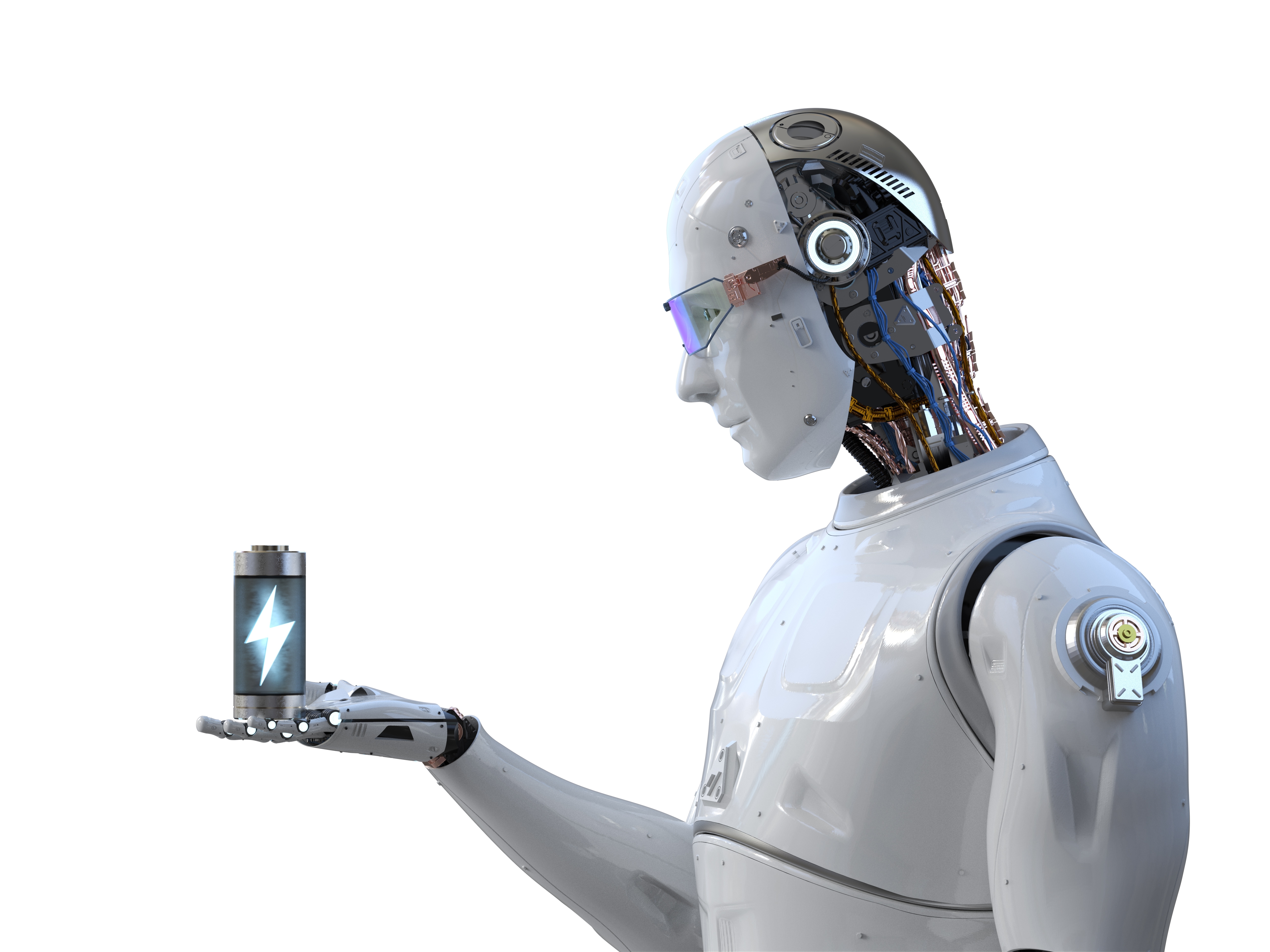Featured Articles
2022-03-10
Many charging standards hinder the versatility of charging stations
 Five mainstream charging specifications of lithium electric vehicles.
Five mainstream charging specifications of lithium electric vehicles.The lack of charging infrastructure is the most inconvenient agenda for owners of lithium-electric vehicles. Moreover, the charging system of each charging station is different, causing great trouble. This is because in the early stage of the development of electric vehicles, governments of various countries did not require the formulation of uniform specifications, but allowed each car manufacturer to develop its own exclusive system according to the market mechanism, and even set up and operate charging stations by themselves. lithium electric vehicles, a mechanism in which car manufacturers control the source of vehicle energy, subvert the traditional model that petrochemical companies, not car manufacturers, provide gasoline used in fuel vehicles.
Start-ups such as Tesla can use their own specifications of charging systems and charging stations in the early stage to create closures, increase the barriers to entry for rivals, and extend their influence on the market. However, it caused confusion in the market, and car owners were at a loss. Fortunately, with the popularity of electric vehicles and the inevitable trend of charging stations equipped with fast charging, the official took the opportunity to intervene in the formulation of specifications, so that there are roughly five mainstream charging specifications in the world, including the Japanese-standard CHAdeMo, the common specifications CCS1/CCS2 used in Europe, America and Oceania, GB/T in China, and Tesla's own TPC. Except for the Japanese CHAdeMo that only supports fast charging, the other four specifications have fast charging and slow charging. Tesla provides CHAdeMo adapters, which can reduce some of the inconvenience, but may not solve the confusion.
Car manufacturers may run their own charging station, and will make different plans according to product strategy, the nature of the customer group and the resources at its disposal. Tesla was the first to launch lithium electric cars. In order to persuade consumers to buy them, it actively set up charging stations in public places such as shopping malls, which became the biggest selling point and a tool for making money. However, for other traditional car manufacturers that entered the market relatively late, the main sales force is still on fuel vehicles. Hence, for them that have just started this new business, the necessary charging services are not regarded as part of the main business by Tesla. The budget allocated to the setup and maintenance of charging stations is limited, so it is better to set up the charging station in its own repair shops or service centers, and the service target is usually limited to its own customers. Even if the charging system is the same for vehicles from other car manufacturers, they cannot be used after docking. Based on realistic business considerations, this kind of exclusivity is understandable, but it creates obstacles to the popularity and convenience of lithium electric vehicles.
 Third-party charging service providers play an essential role in lithium-electric vehicles.
Third-party charging service providers play an essential role in lithium-electric vehicles.In this context, it is necessary for the so-called third party charging service providers, like the current gas station role, to exist. The operation of this kind of charging station must satisfy the owners of all vehicle brands and provide common services, just like the current gas station. However, at this stage, it is still in a state of chaos, and the space for this possibility is compressed. The market conditions of automobiles in different countries in the world are variable, and the thinking directions of charging standard formulation are hence different. Undoubtedly, the specifications of the car manufacturers with the highest shipments of lithium electric vehicles must be taken into consideration, and the shares of different brands and car series in the domestic market must also be considered. Cars are mainly produced in countries such as the United States, Japan, Europe and China, and they all have their own specifications. Therefore, based on the market mechanism, imported cars must be equipped with charging standards regulated by the country or region. However, in most countries with a small car market, it is difficult to enforce each car manufacturer to follow official charging specifications.
Whether Tesla, which has the largest market share, adheres to specific specifications or not, has a great influence on the market, forming another big variable. Taking Taiwan as an example, the Taiwan Charging Alliance led by ITRI established CCS1 as the standard for public charging stations in Taiwan in March 2021. However, Tesla, and the introduction of new cars from Taiwan after the third quarter of the same year, will no longer import the exclusive TPC specification of the car, and will change to the CCS2 specification generally applicable in Europe and the United States, rather than the industry consensus CCS1.
References
- Fo rbes, 2020-09-06,Plan To Buy An Electric Car? So, How Much Does It Cost To Charge A Tesla Model 3 Vs A Gas Car?
- 2020-12-27 ,California gas blending trial could shift a roadblock for hydrogen cars
- ING , 2021-10-28, High gas prices triple the cost of hydrogen production
- Cadent , News Release, 2020-02, UK's first grid-injected hydrogen pilot gets underway
- B BC News, 2021-12-06, Climate change: Is 'blue hydrogen' Japan's answer to coal?
- Nihon Keizai Shimbun 2021-08-11Iwatani Sangyo, Suzuo Manufacture, Transportation, and Distribution
- Ming Pao, 2021-08-23 , UBS Gastreich: China's hydrogen energy is expected to account for 20% in 2060
- Iwatani Industries, 2 021-06-30, News Release,バイオマスを raw materials and した electricity business および Start of discussion on the liquefied hydrogen production business of Garian
- Lianhe Daily, 2021-12-01 , the world's largest photovoltaic green hydrogen Xinjiang Kuqa starts construction
- Hydrogen Fuel News, 2021-05-26 New Nevada hydrogen fuel plant to begin operations in early 2022
- Today's Toutiao, 2021-10-18, The Enlightenment of Japan's Hydrogen Refueling Station Construction and Operation Mode to China https://twgreatdaily.com/495690755_100070607-sh.html



